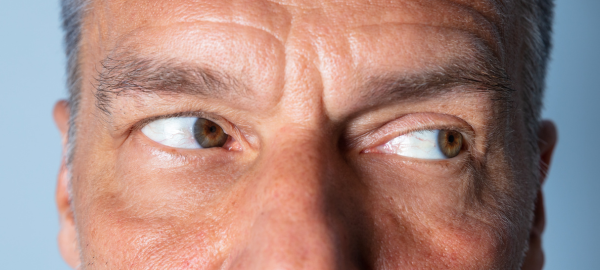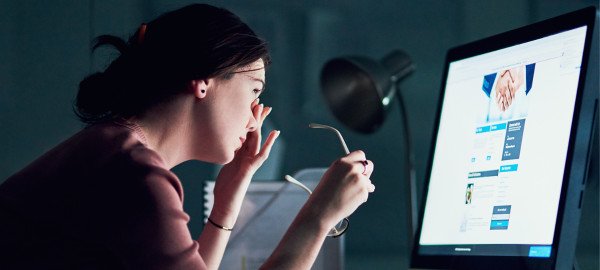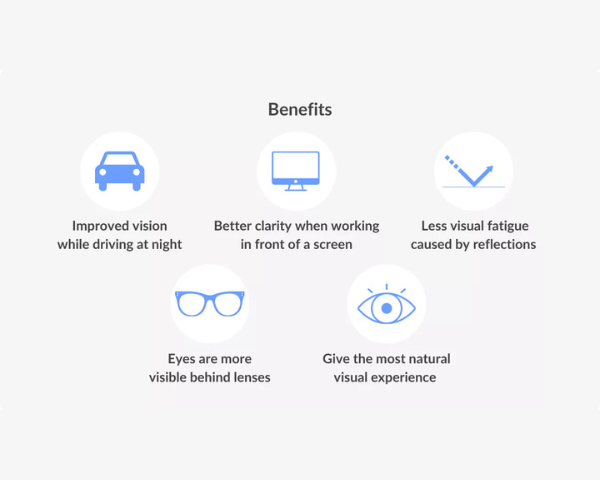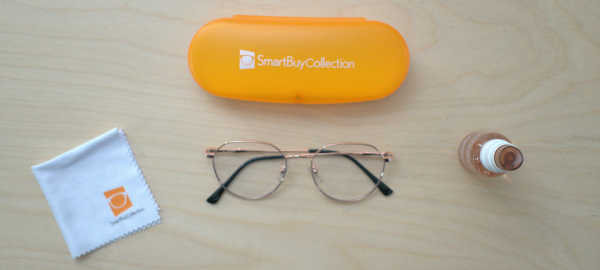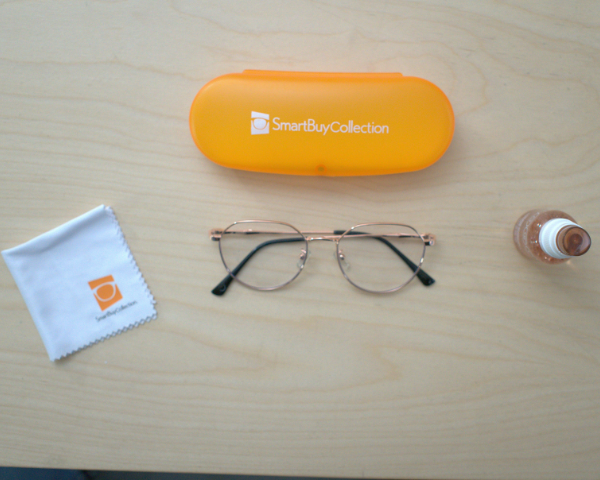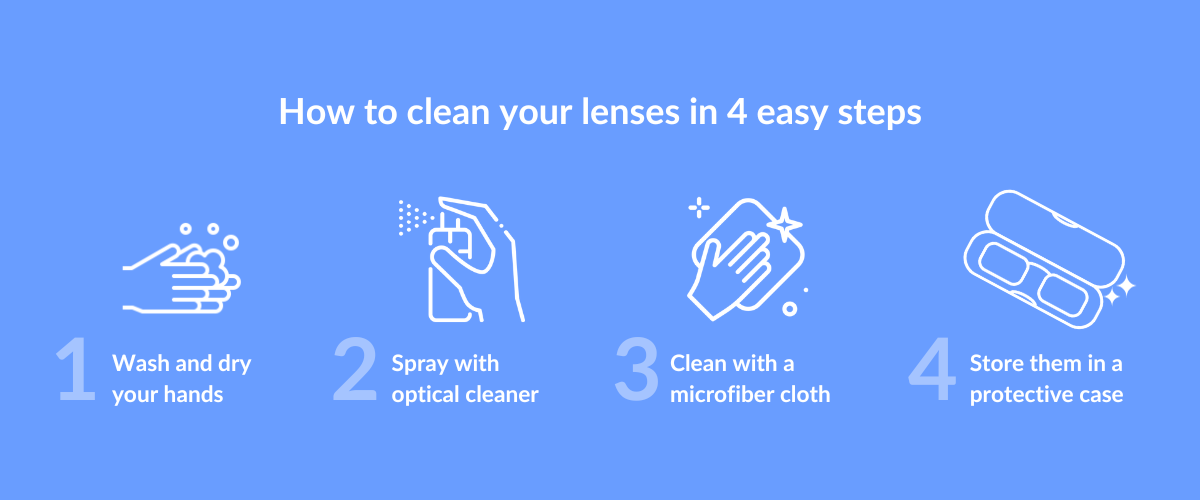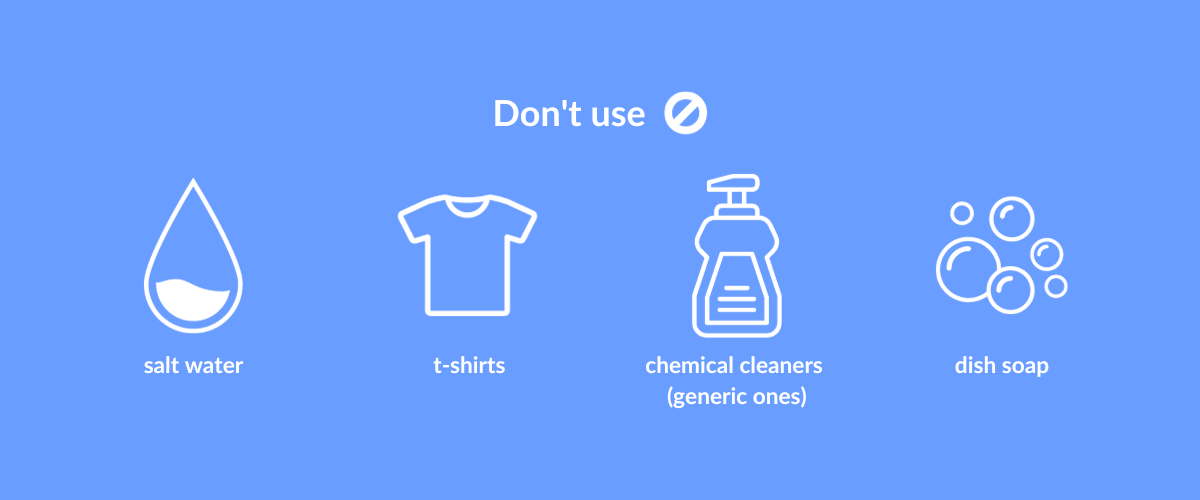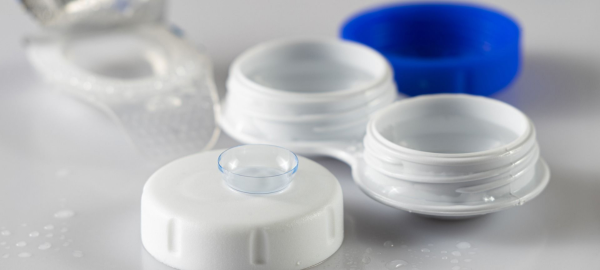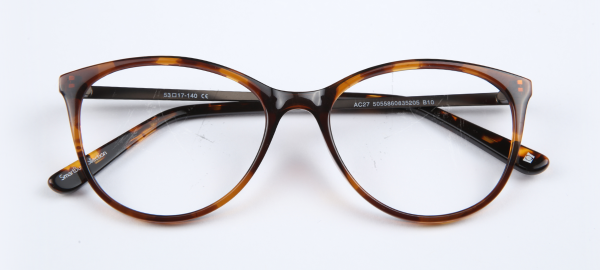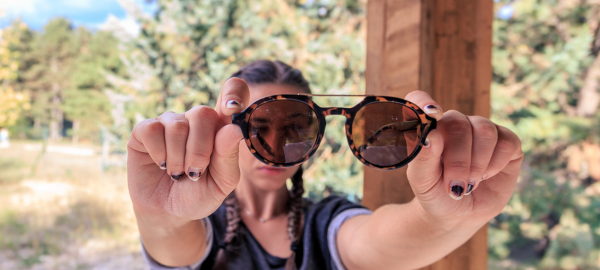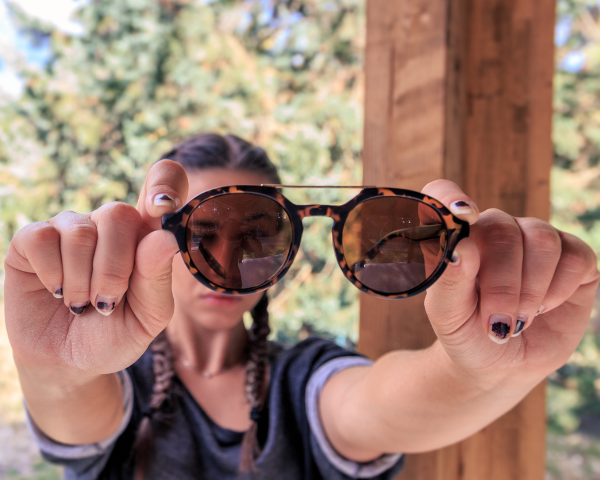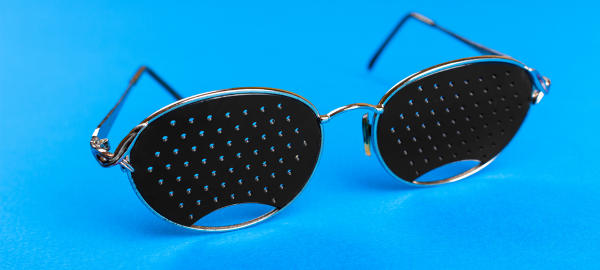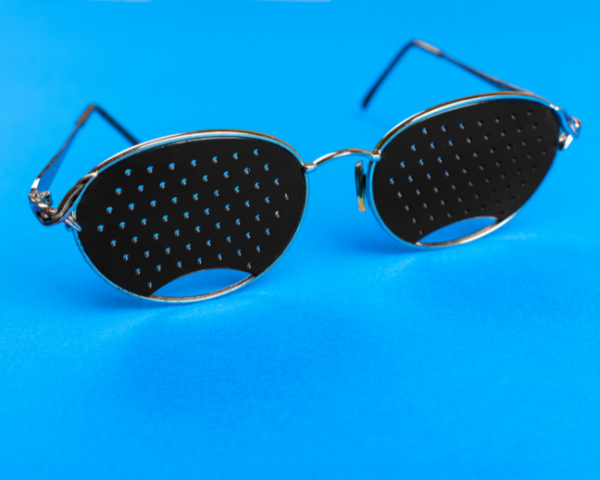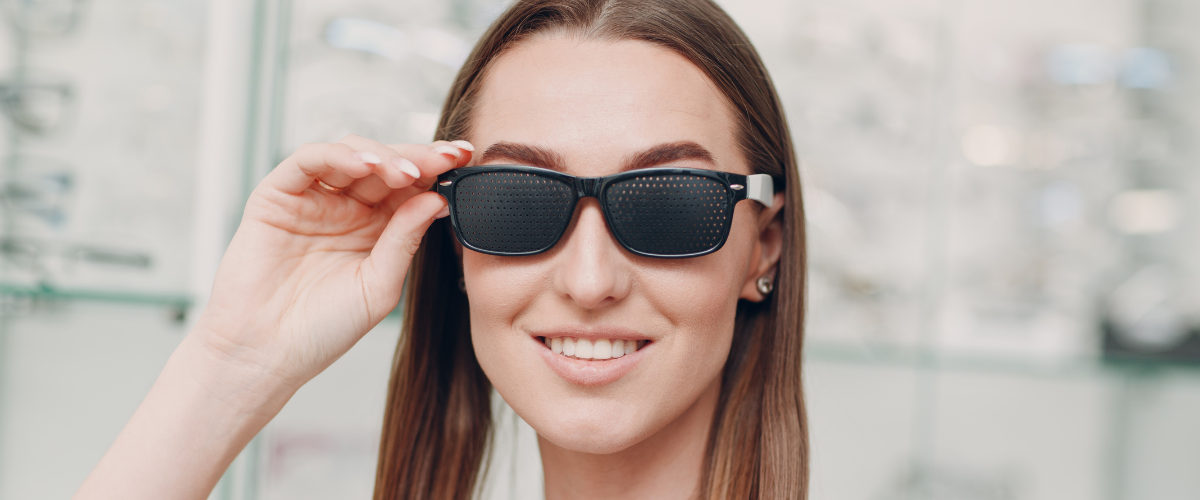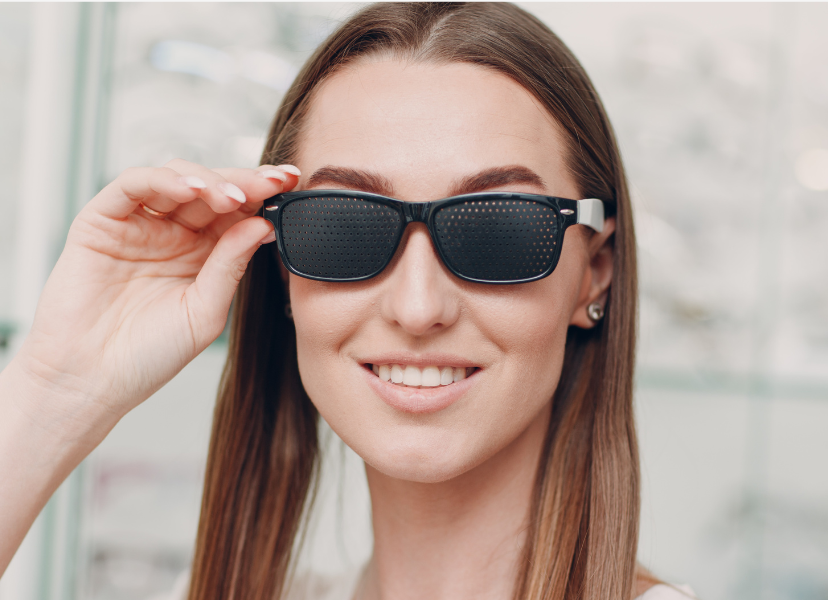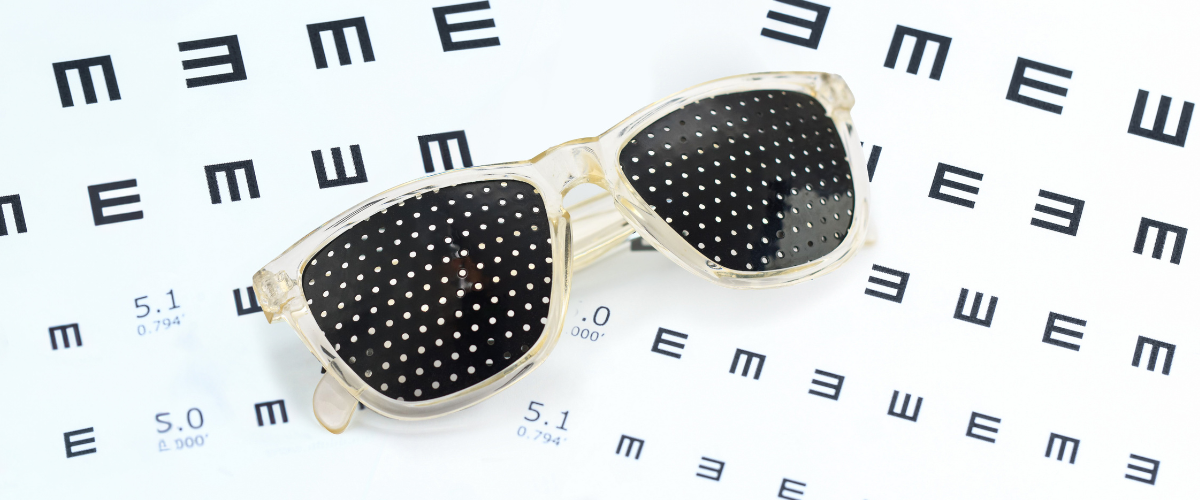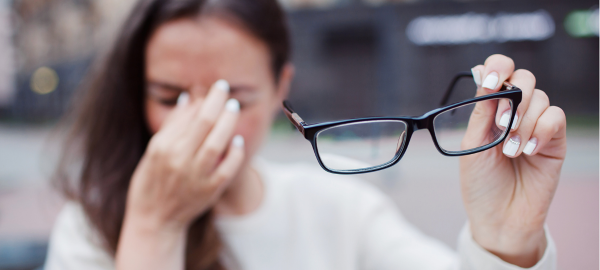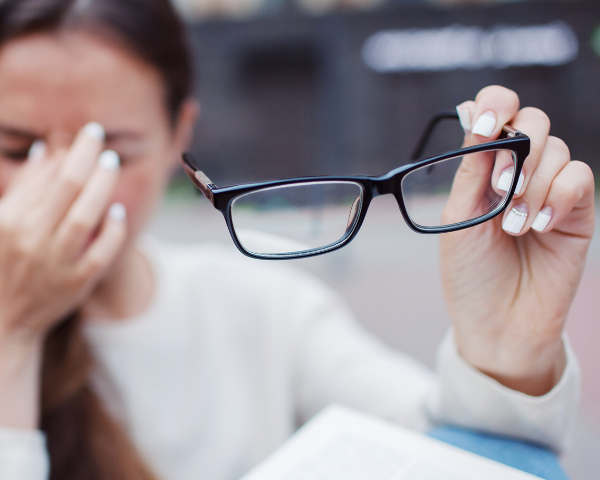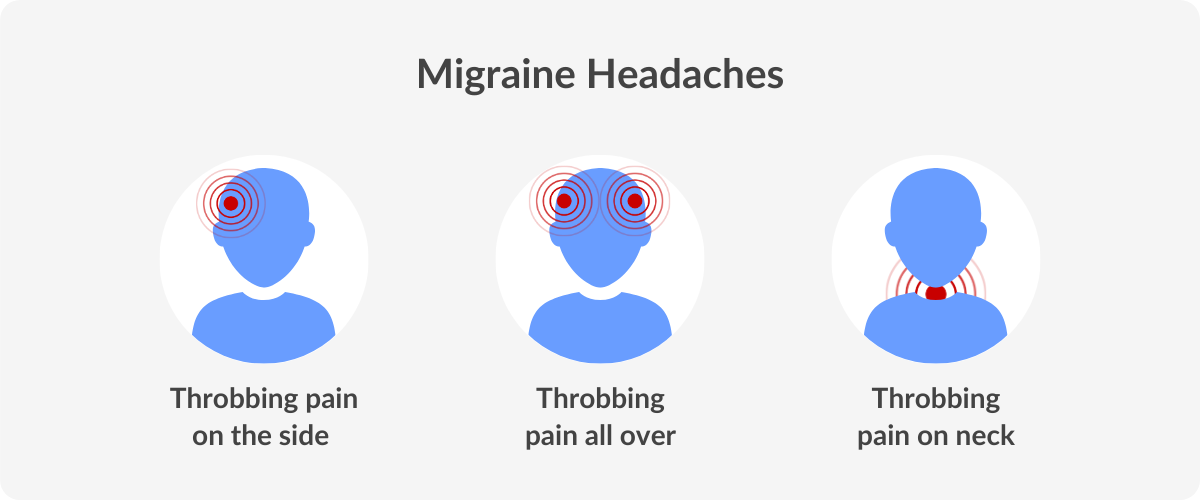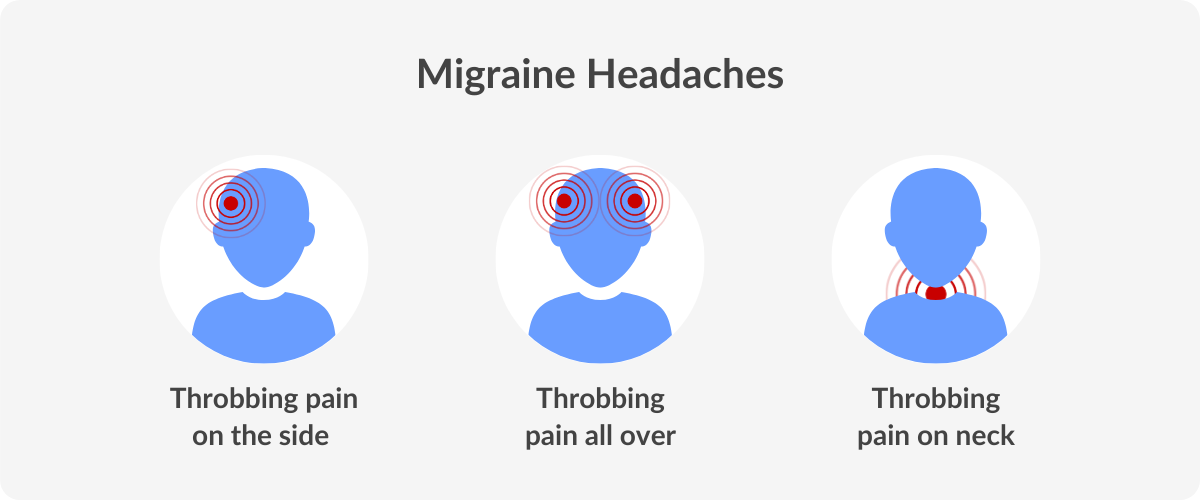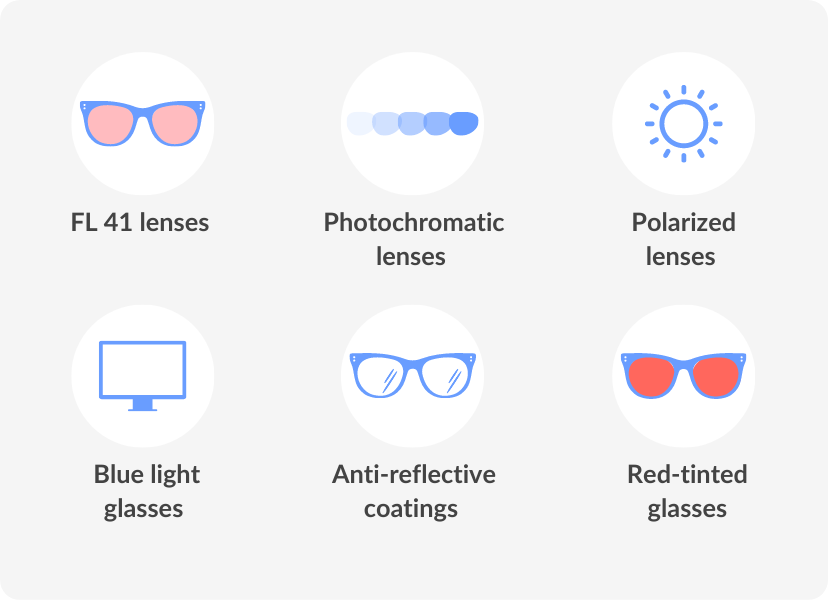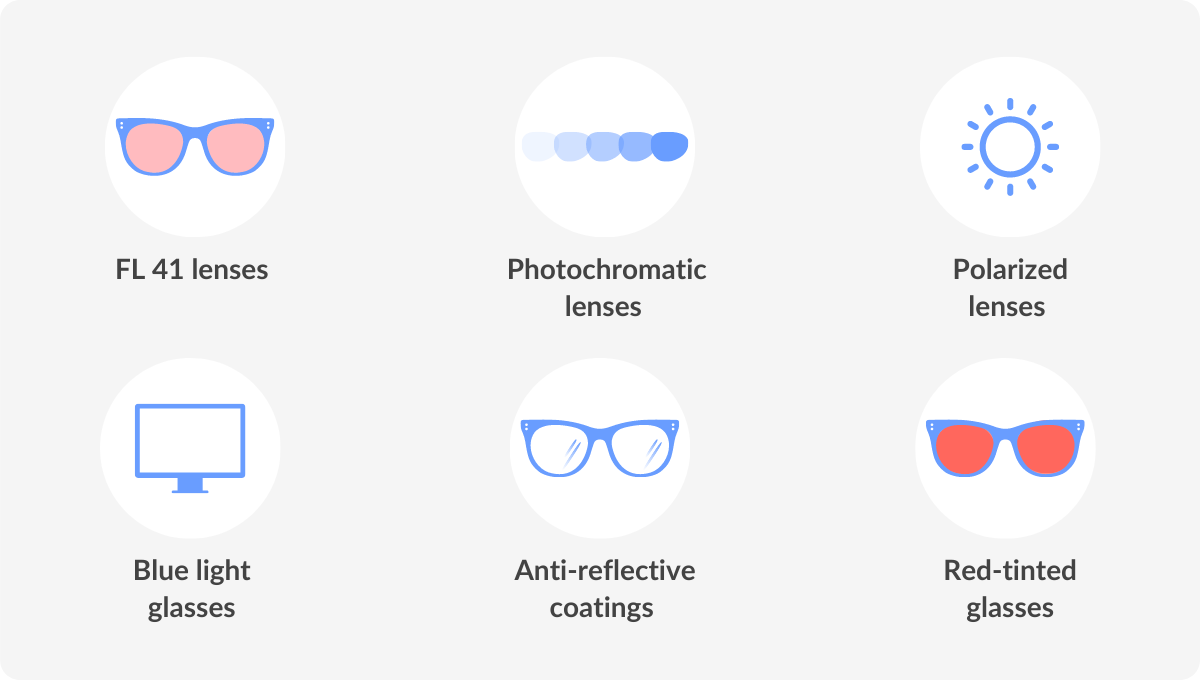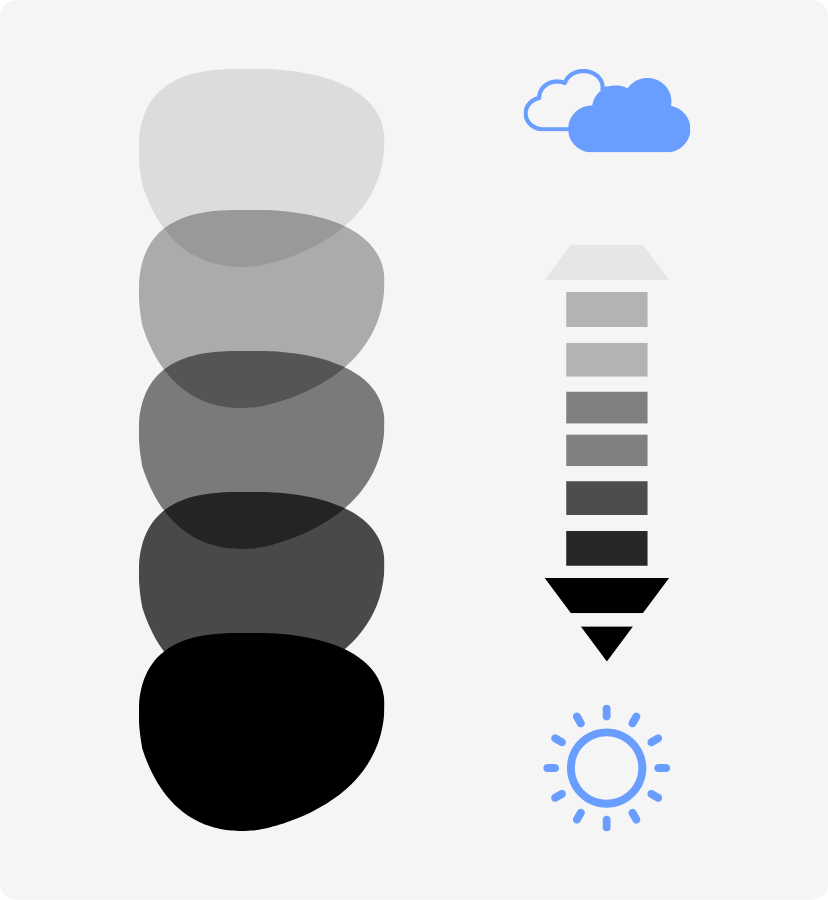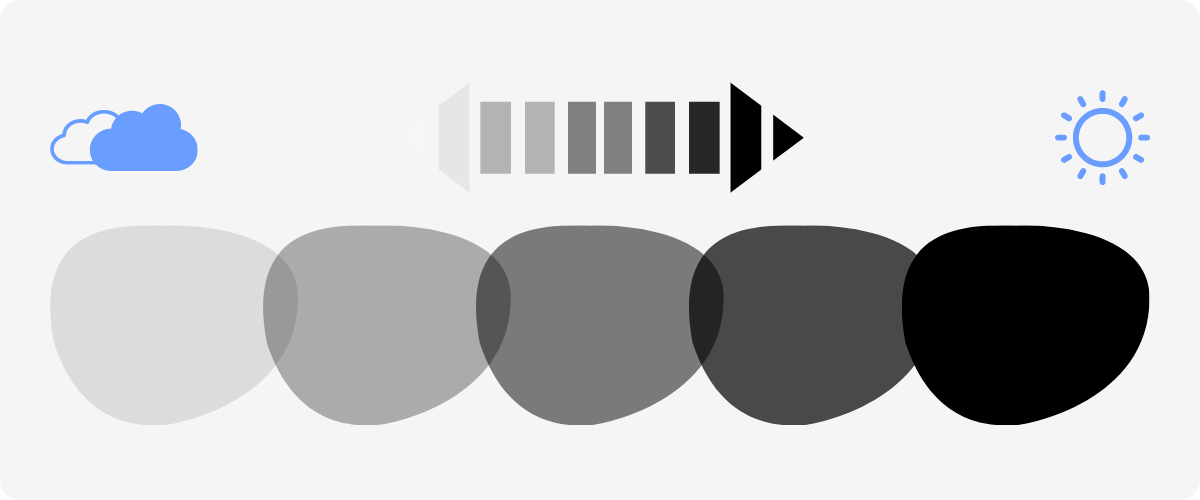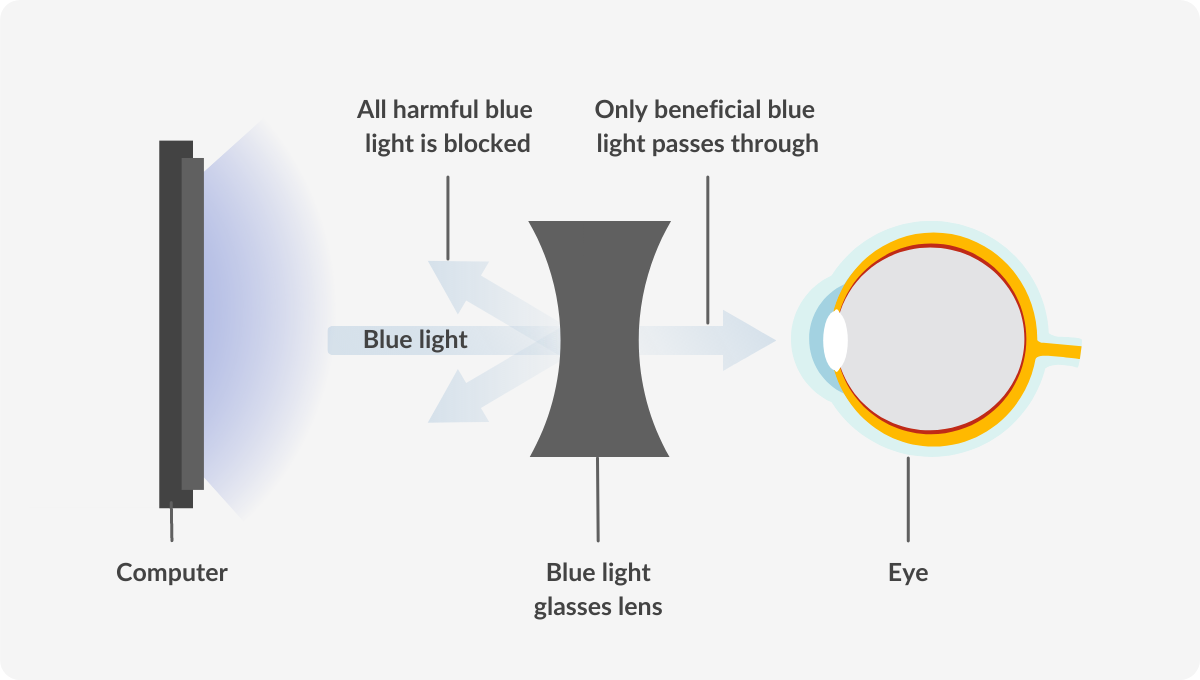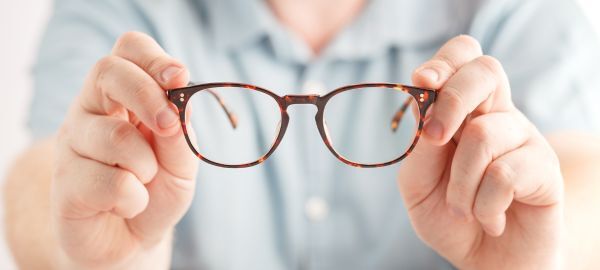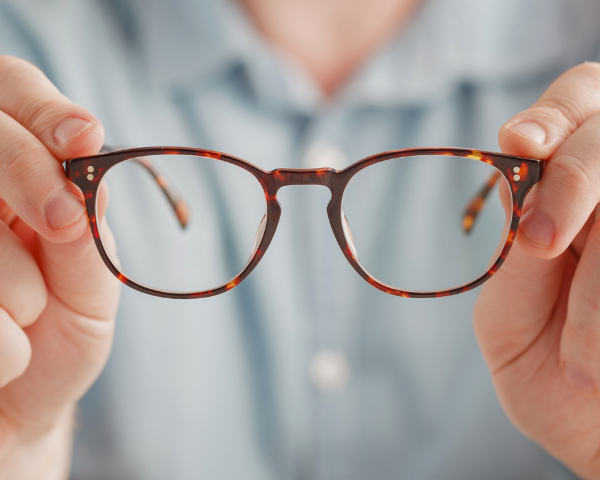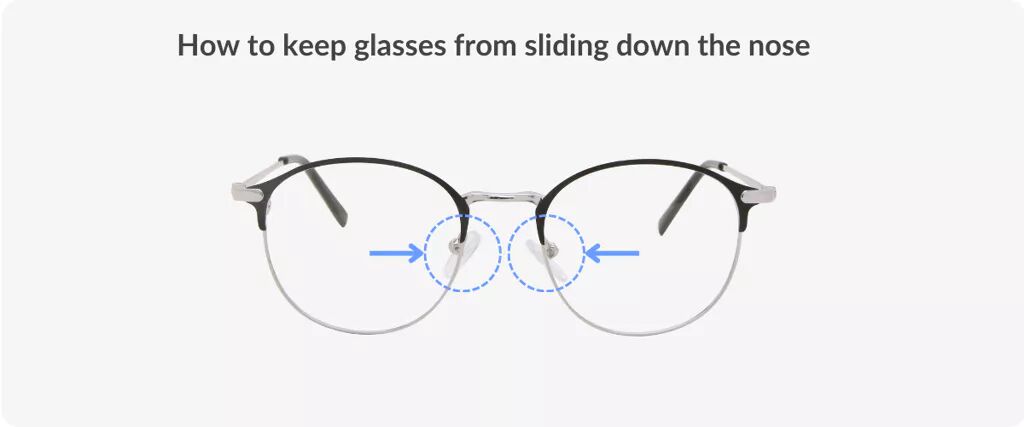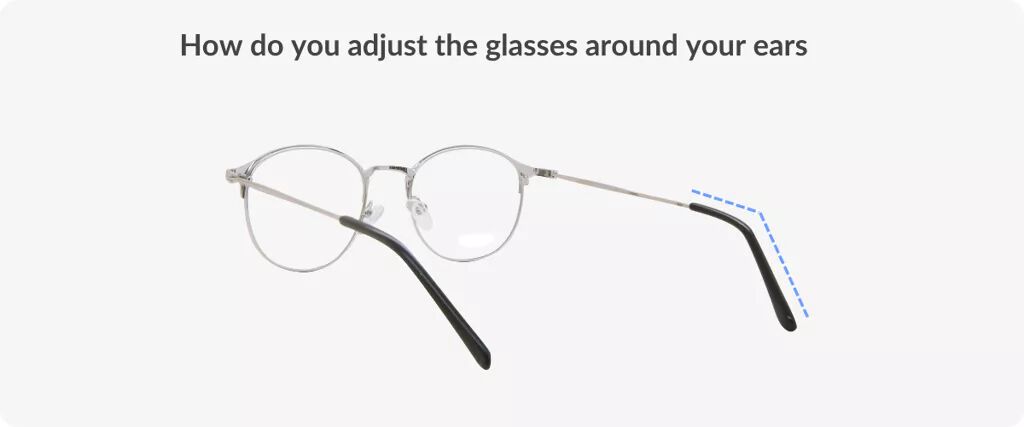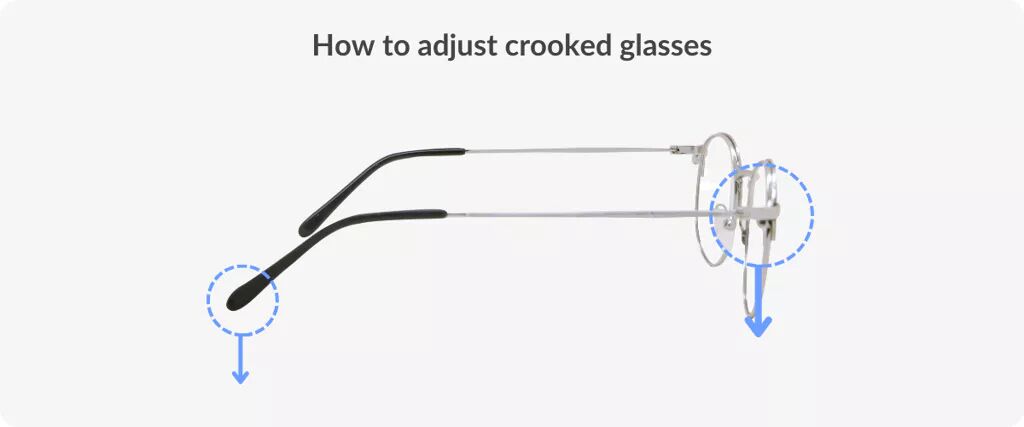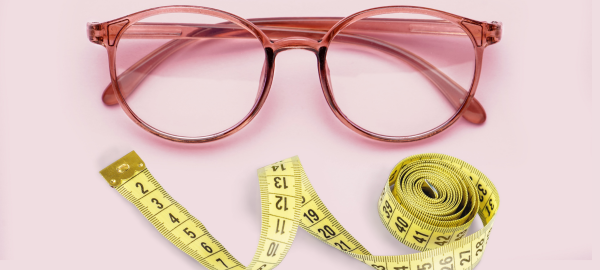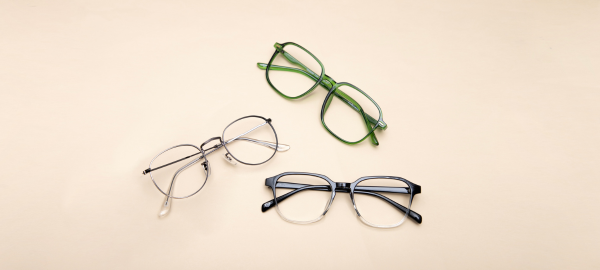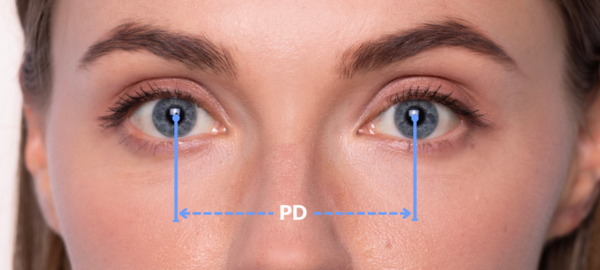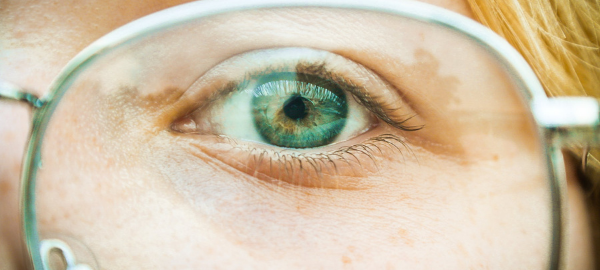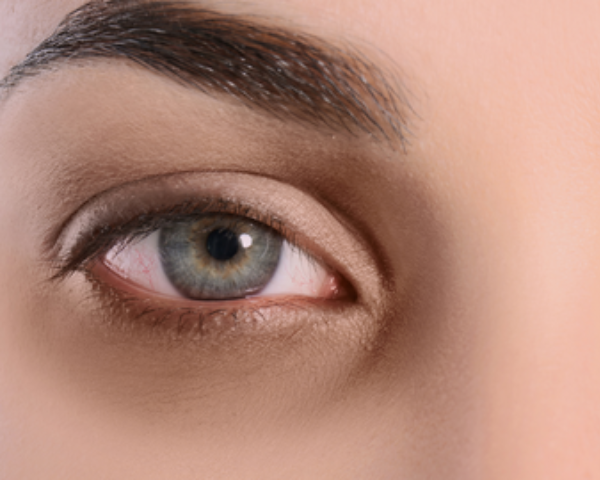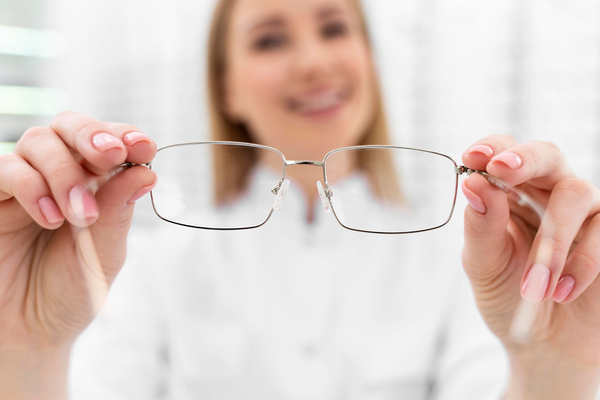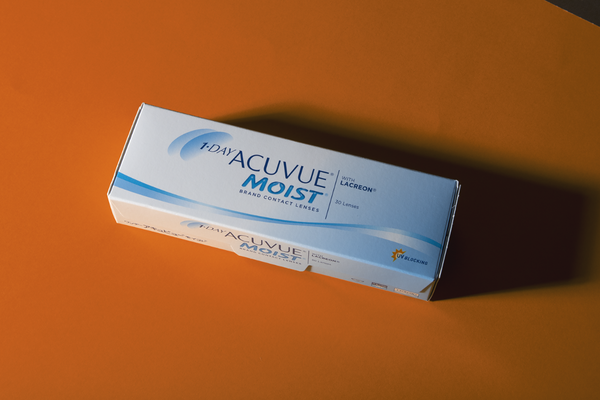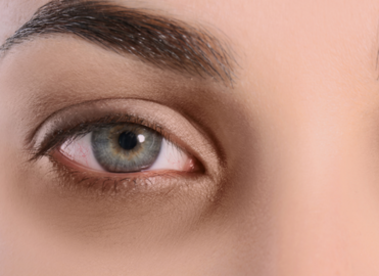How to Recognize and Prevent Digital Eye Strain

Reviewed by
Beck Jinnette
What is digital eye strain?
What does a strained eye feel like?
What causes digital eye strain?

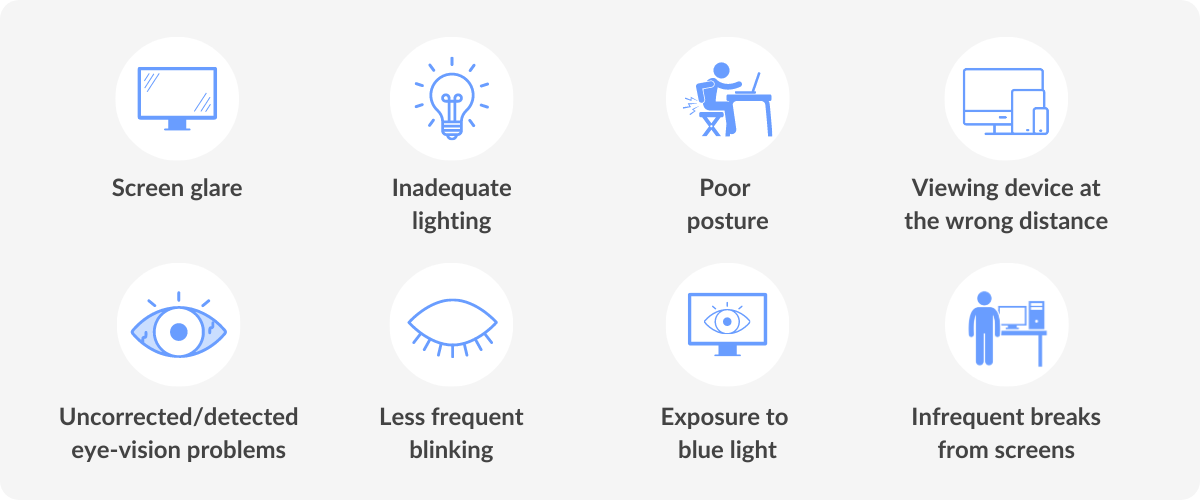
Digital eye strain can be caused by concentrating on reading text on a computer screen or digital device, which causes more strain than reading a book. Other causes of digital eye strain include:
- Screen glare
- Inadequate lighting
- Poor posture while using a digital device
- Using a digital device too close or far from your eyes
- Uncorrected/detected eye-vision problems
- Less frequent blinking than usual when using a digital device
- Extended exposure to blue light emitted from digital screens
- Infrequent breaks from your digital devices
Unfortunately, what causes digital eye strain is not just one factor but a combination of them all. It’s important to be aware of all the factors to ensure you adjust each one that applies to you.
What causes eye strain in one eye?
Digital eye strain symptoms
Computer Vision Syndrome and digital eye strain can be highly uncomfortable, resulting in painful physical symptoms like eye fatigue, blurred or double vision, neck and shoulder pain, and more.
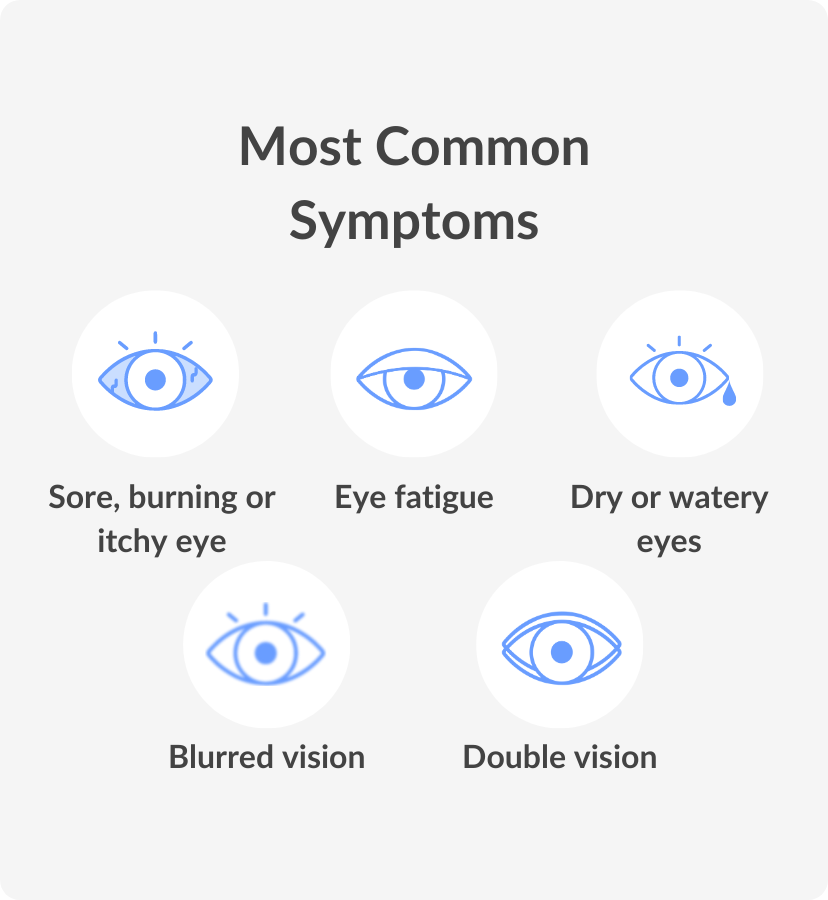
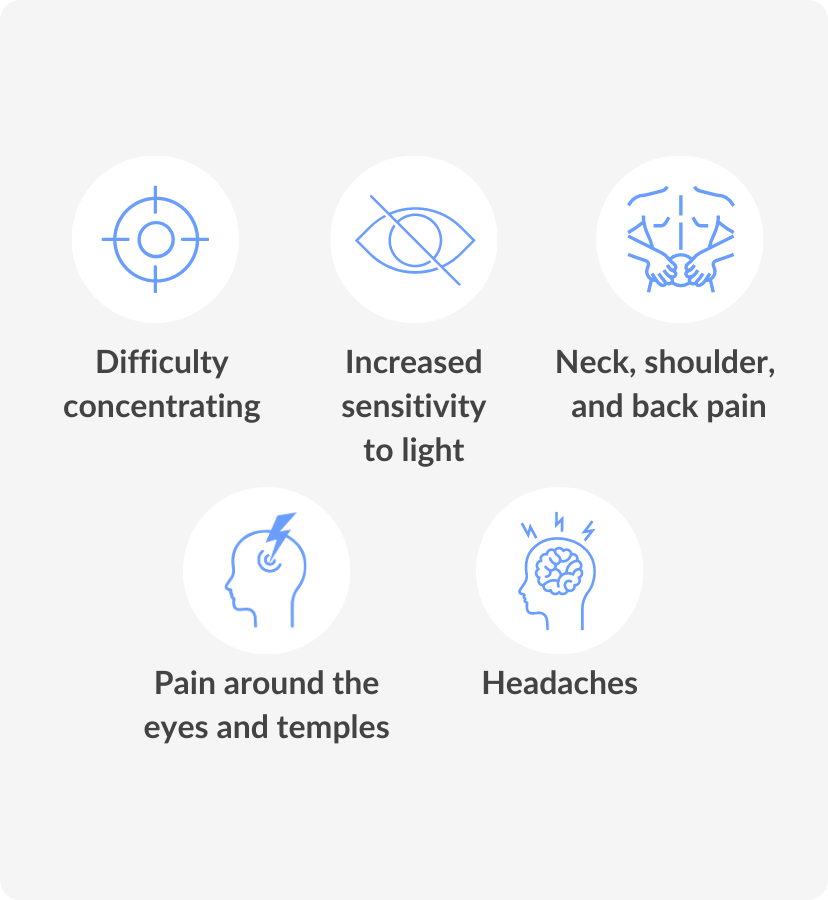
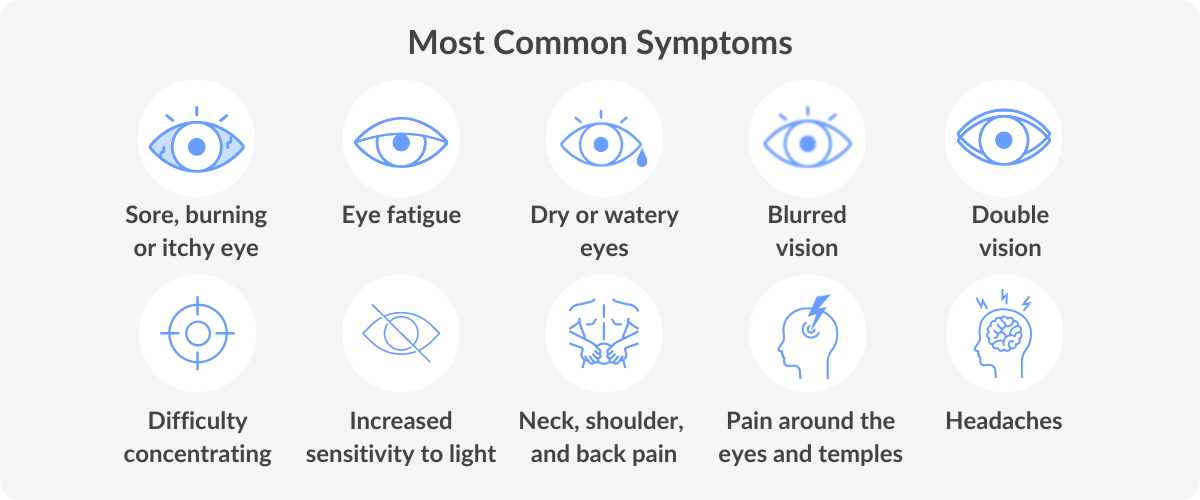
Digital eye strain treatments
Small changes in your everyday behaviors and environment are generally enough to treat digital eye strain. But if you are frequently suffering, you may need to combine a mix of different treatments and implement them in your daily activities.
1. Update your prescription glasses
DID YOU KNOW
2 out of 3 people suffer from painful symptoms of digital eye strain, which can be prevented with small, easy changes to your everyday routine and computer setup.
2. Rest your eyes with the 20-20-20 rule
Follow the 20-20-20 rule to give your eyes a well-deserved rest. The 20-20-20 rule is an easy exercise that you can implement everywhere. Every 20 minutes, give your eyes a 20-second rest by focusing on something 20 feet away. Repeating this throughout the day will help with eye fatigue and soreness.
3. Make sure your posture and computer position is correct
If your job is computer-based or you study online, ensure you have the ideal posture and computer position to reduce your Computer Vision Syndrome symptoms. Your screen should be 4-5 inches below your eyesight and 20-28 inches away from your eyes. Sitting upright with a well-supported back is vital. Add a footrest to support your feet and back to increase comfort.
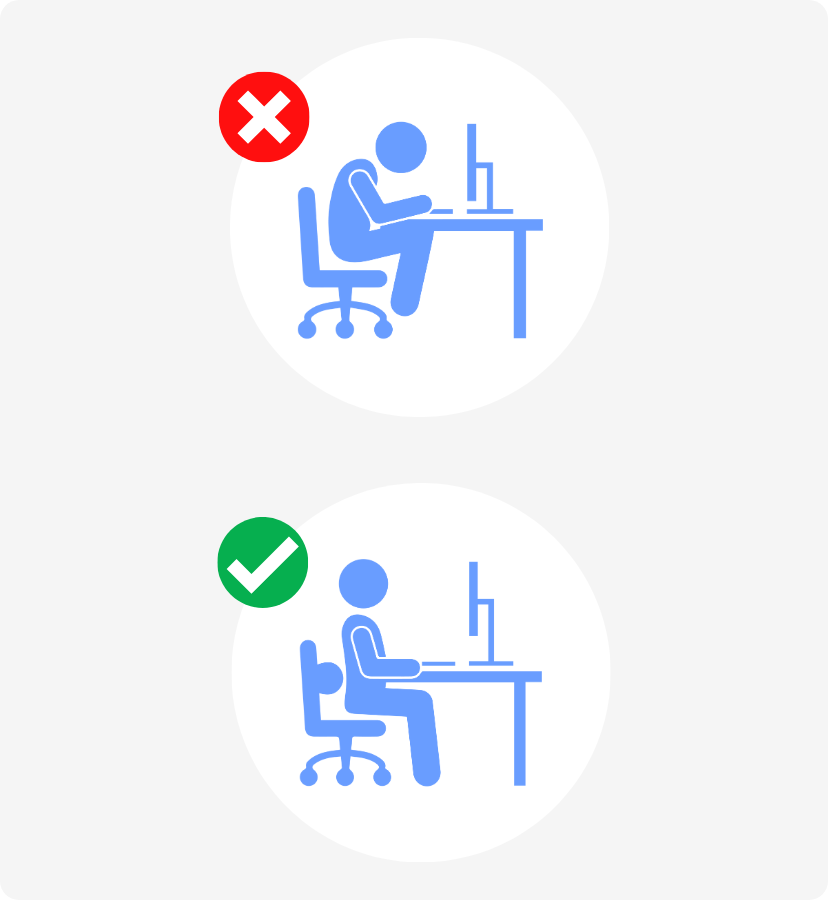

4. Ensure your lighting works for you
Poor lighting, brightness, and harsh glare from direct sunlight can affect what you see on your screen. Try to relocate your monitor, close your curtains or shades to fix these issues, and experiment with your screen settings. Increasing your font size and adjusting your screen to the warmer end of the color spectrum can help alleviate the effects of eye strain.
5. Try some blue light blocking lenses
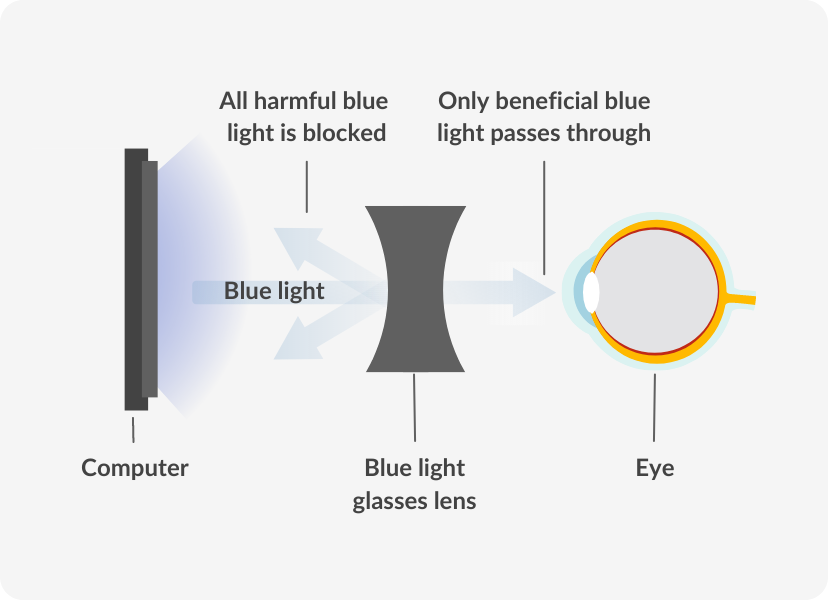
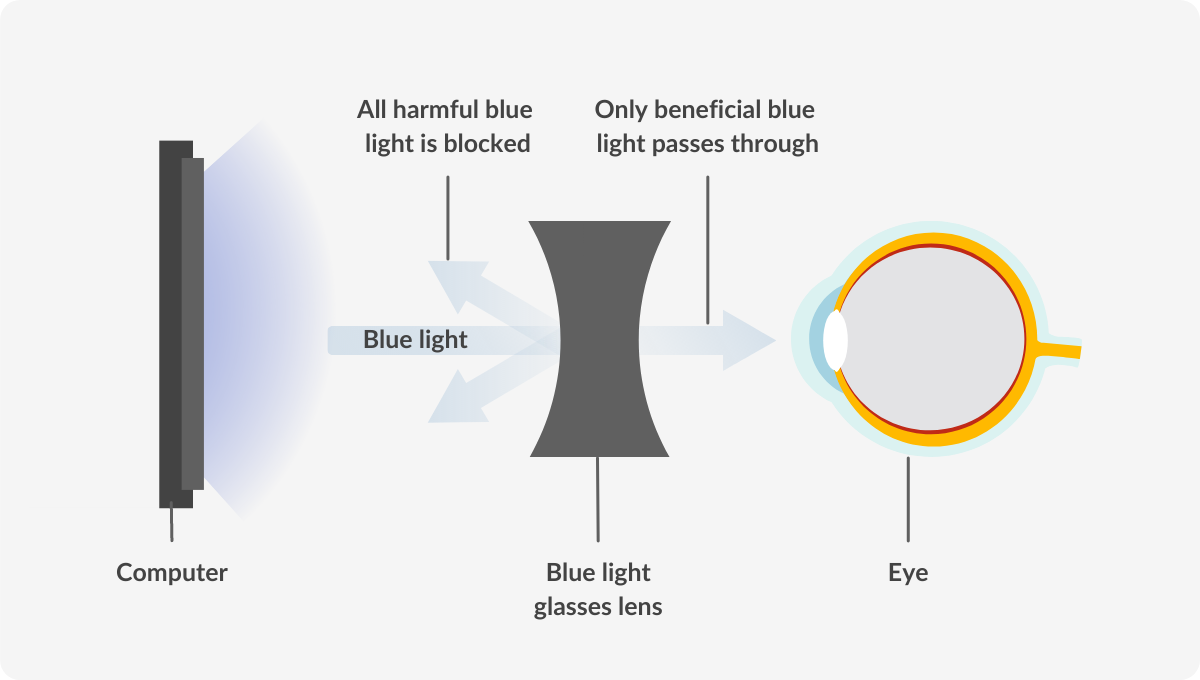
How long does eye strain take to heal?
Depending on the severity of your eye strain and the cause, you can recover within a few minutes to a few days. It’s important to remember that your digital eye strain won’t heal unless you are taking active steps to relieve your symptoms.
Who is at risk of getting digital eye strain?
No matter your age, you’re at risk if you have access to screens. Anyone looking at their computer, phone, or TV for two or more hours in a row can be at risk of developing painful symptoms. Of course, anyone who works, studies or spends prolonged time on digital screens can be at a higher risk than others.
How to prevent digital eye strain?
Reference list
National Center for Health Research. (2023). Digital screens can cause eye strain for children and adults. Are blue light glasses the solution?. National Center for Health Research. Retrieved May 20, 2023, from https://www.center4research.org/digital-screens-eye-strain-blue-light-glasses/
American Optometric Association. (2022). Computer vision syndrome. American Optometric Association. Retrieved May 20, 2023, from https://www.aoa.org/healthy-eyes/eye-and-vision-conditions/computer-vision-syndrome
Related articles

